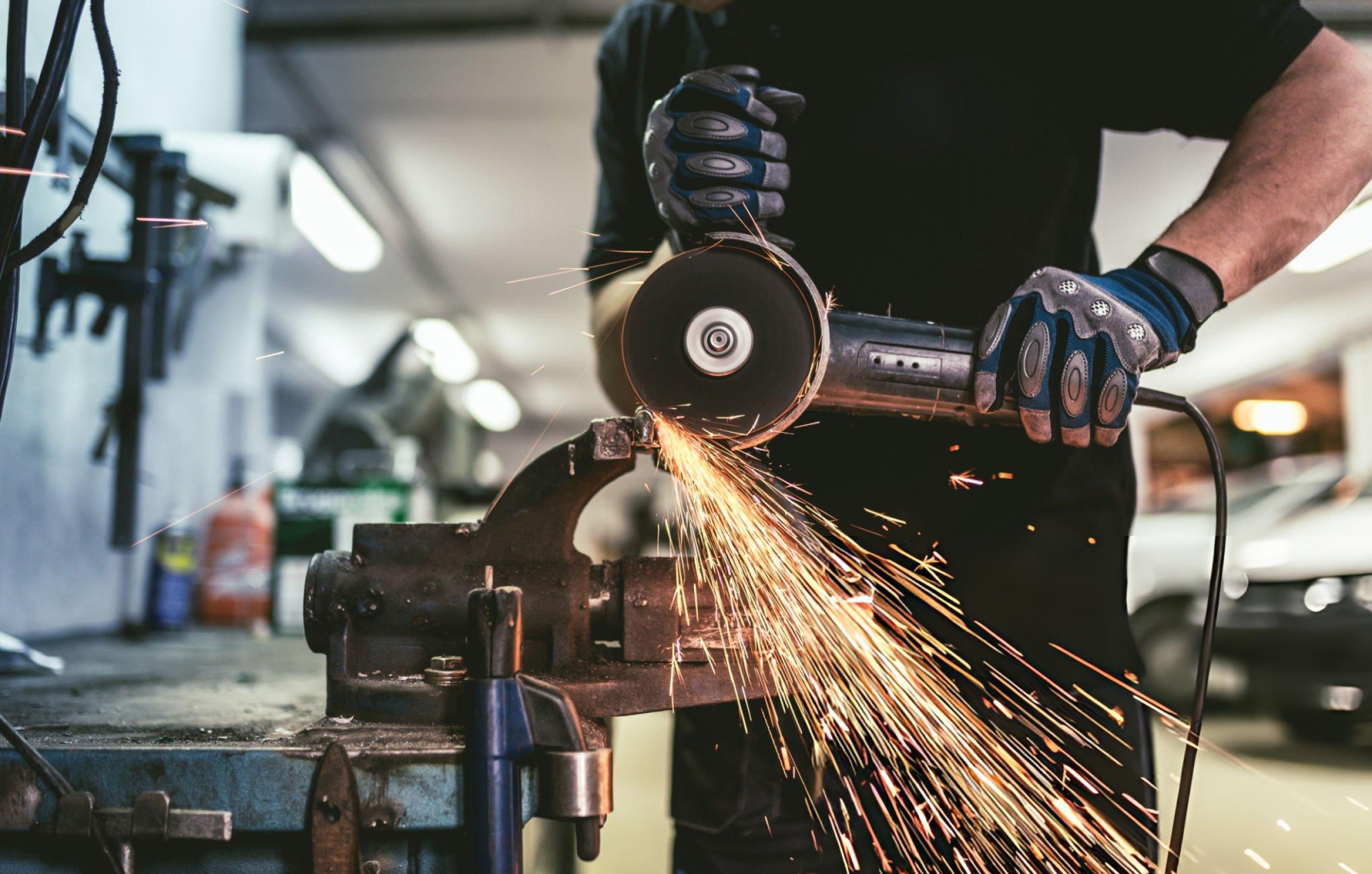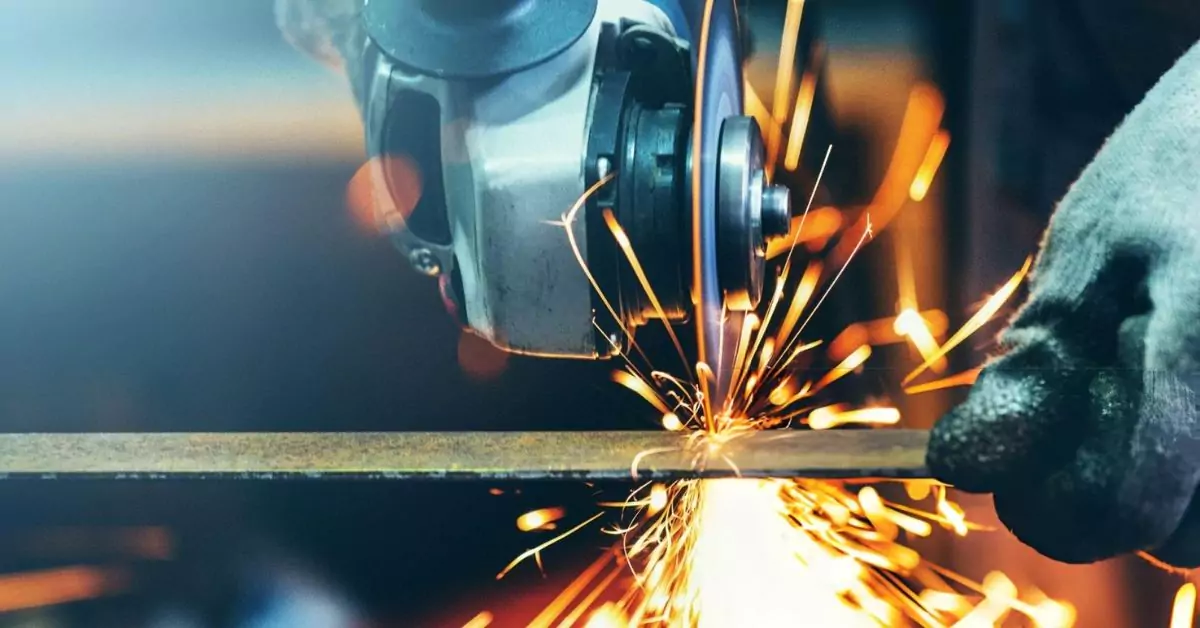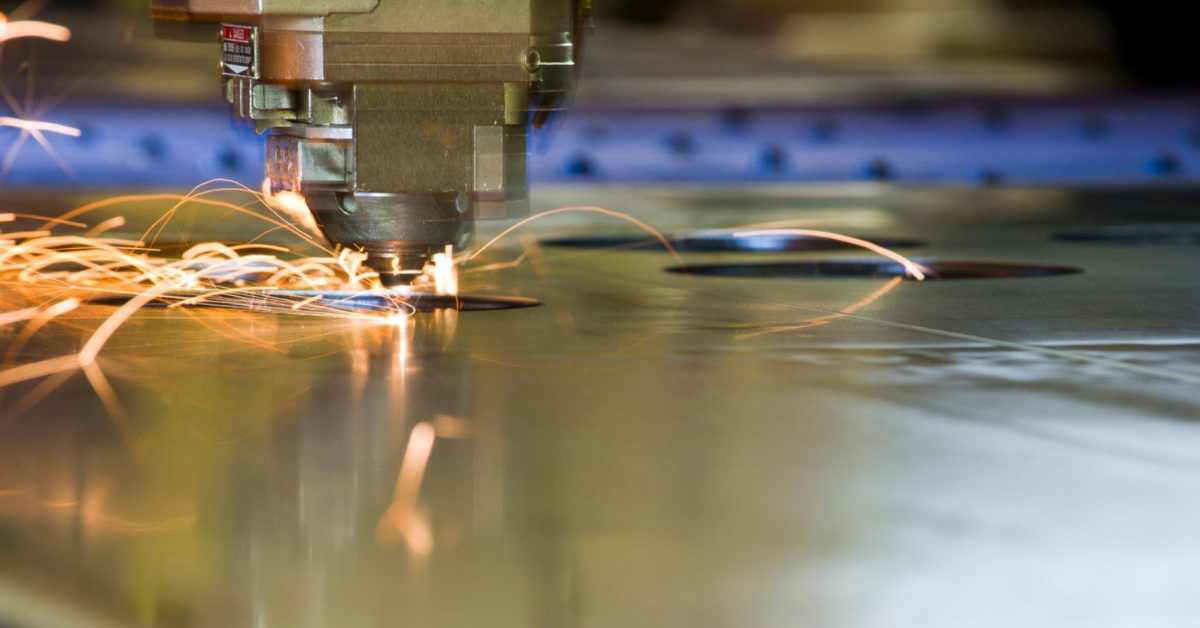What is Metal Cutting? The Ultimate Guide for Manufacturing Professionals
Metal cutting forms the backbone of modern manufacturing and fabrication industries. From crafting intricate machine parts to large-scale industrial structures, it’s nearly impossible to imagine production without effective metal cutting processes. But what exactly is metal cutting, and how has it evolved to meet the demands of today’s fast-paced manufacturing sector?
If you’re a manufacturing engineer, metalworker, or fabrication professional, you’ll gain insight into the processes, tools, and technologies shaping the metal cutting industry. Plus, we’ll explore future advancements and how they might redefine the field.
Introduction to Metal Cutting
At its core, metal cutting refers to the process of removing unwanted material from a metal workpiece to shape it into a desired design or product. It involves precision tools and techniques to ensure accuracy and quality. The principles of metal cutting center on material properties, cutting force, and tool effectiveness to achieve the perfect cut.
Whether you’re using a sturdy metal cutting machine, specialized metal cutting tools, or advanced technologies like lasers, the goal is the same—to create functional, dimensionally accurate, and aesthetically pleasing components.
Types of Metal Cutting Processes
The process of metal cutting can vary depending on the material type, design complexity, and the desired finish. Here are the most common methods:
1. Sawing
Sawing involves using a toothed blade to cut through a metal workpiece. This is one of the simplest and most cost-effective methods of cutting. Sawing can be done with both manual and powered saws, making it a popular choice for basic metal fabrication.
Common applications of sawing:
- Preparing raw materials for machining
- Cutting metal sheets into smaller sections
- Construction and framing industries
2. Shearing
Shearing is used to cut straight lines through a material, mainly for creating metal sheets and plates. It works by applying a force powerful enough to separate the material along a predetermined cut line, often using tools like guillotines or hydraulic shears.
Benefits of shearing:
- High-speed processing for large quantities
- Produces neat cuts with minimal material waste
- Perfect for forming flat metal surfaces
3. Machining
Machining is perhaps the most versatile metal cutting process, where controlled material removal takes place using a variety of cutting tools. CNC Cutting (Computer Numerical Control) machines have revolutionized the machining industry, allowing for precision cutting with minimal human intervention.
Types of machining techniques:
- Turning (e.g., lathe machines)
- Drilling
- Milling
Advantages:
- High accuracy
- Ability to create complex three-dimensional designs
- Compatibility with metal cutting tools like end mills, drills, and turning inserts
4. Abrasive Cutting
Abrasive cutting is ideal for harder metals that are challenging to process using traditional tools. With this method, abrasive materials such as silicon carbide or aluminum oxide are used to grind or cut through the workpiece.
Modern technologies like water jet cutting and laser cutting often rely on abrasive elements for enhanced output.
Where it’s used:
- Aerospace applications
- Automotive part manufacturing
- Projects requiring non-contact cutting
Factors Affecting Metal Cutting
Multiple variables can impact the efficiency and success of metal cutting operations. Here are the key factors to consider:
1. Material Properties: Not all metals behave the same way under cutting tools. Factors such as hardness, toughness, and thermal conductivity play a significant role in determining the correct metal cutting tool and technique.
2. Cutting Tool Design: The cutting tool design, material, and sharpness have a direct impact on the precision and speed of the operation. For example, carbide and diamond-coated tools are excellent for cutting tougher metals.
3. Cutting Parameters: Parameters such as cutting speed, feed rate, and depth of cut must be carefully controlled. Incorrect parameters can lead to tool wear, poor surface finishes, or even catastrophic machine failure.
4. Machine Stability: A high-quality metal cutting machine ensures proper tool alignment, reduces vibration, and delivers consistent results.
5. Operator Expertise: While automated systems have reduced dependency on manual skill, the importance of an experienced operator cannot be overstated. They can fine-tune the process for specific requirements and avoid costly mistakes.
Advances in Metal Cutting Technology
The metal cutting industry has undergone tremendous advancements in recent decades as manufacturers demand higher precision, speed, and efficiency. Here are some innovations reshaping the metal cutting landscape:
1. Laser and Plasma Cutting: Cutting-edge laser and plasma systems are revolutionizing how intricate components are produced. These technologies offer unmatched precision, reduced material wastage, and almost limitless design possibilities.
2. Water Jet Cutting: Water jet cutting employs high-pressure water streams, often mixed with abrasive materials, to cut through metal. It’s particularly valuable for heat-sensitive materials and complex cuts.
3. Smart CNC Machines: The rise of smart manufacturing has led to AI-powered CNC machines that can optimize cutting operations autonomously. These machines significantly reduce downtime, improve accuracy, and allow for multi-tasking.
4. Improved Tool Materials: Modern cutting tools feature durable, heat-resistant materials that reduce wear and last longer under demanding production conditions.
5. Sustainability Initiatives: With global industries pushing for greener operations, metal cutting technologies are evolving to minimize environmental impact. Recyclable materials, energy-efficient machines, and low-waste methods are setting a new standard.
The Road Ahead for Metal Cutting
Metal cutting is no longer just about raw power and brute force. It’s a precise, calculated process where science meets art. For manufacturing professionals, understanding cutting principles, keeping up with technological innovations, and choosing the right tools can pave the way for better productivity and profitability.
At E S HAJI & CO., we’re passionate about helping professionals like you stay ahead of the curve. Whether you’re searching for “metal cutting near me” or need tips on metal cutting design, our team stands ready to assist.
Explore our wide range of cutting solutions, from advanced machines to premium tools, and experience the difference today.



